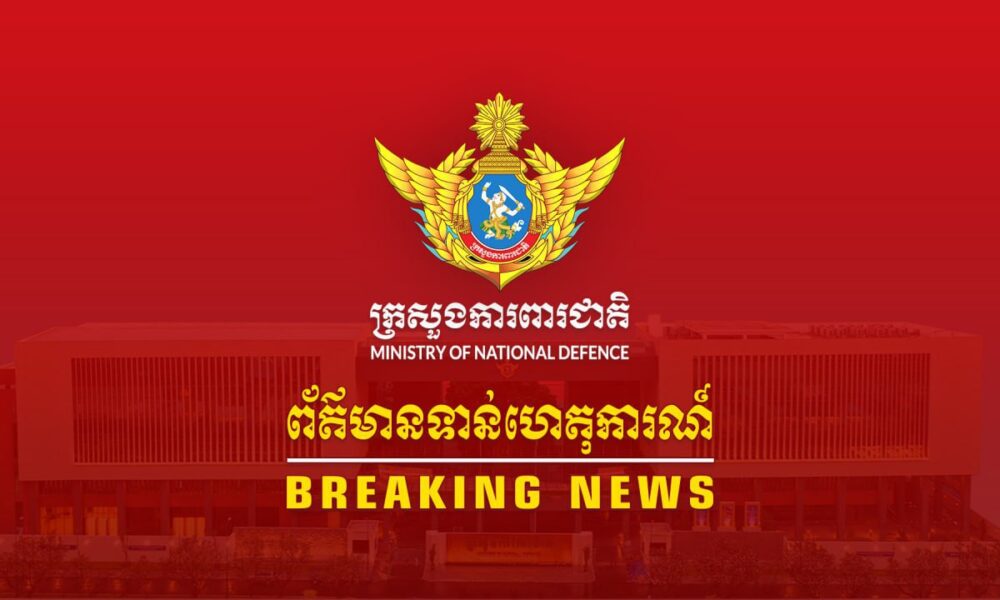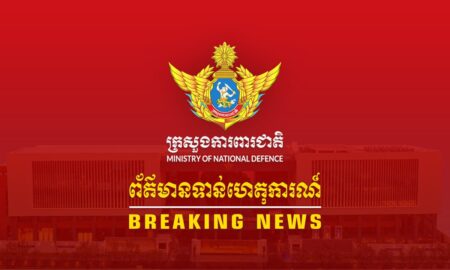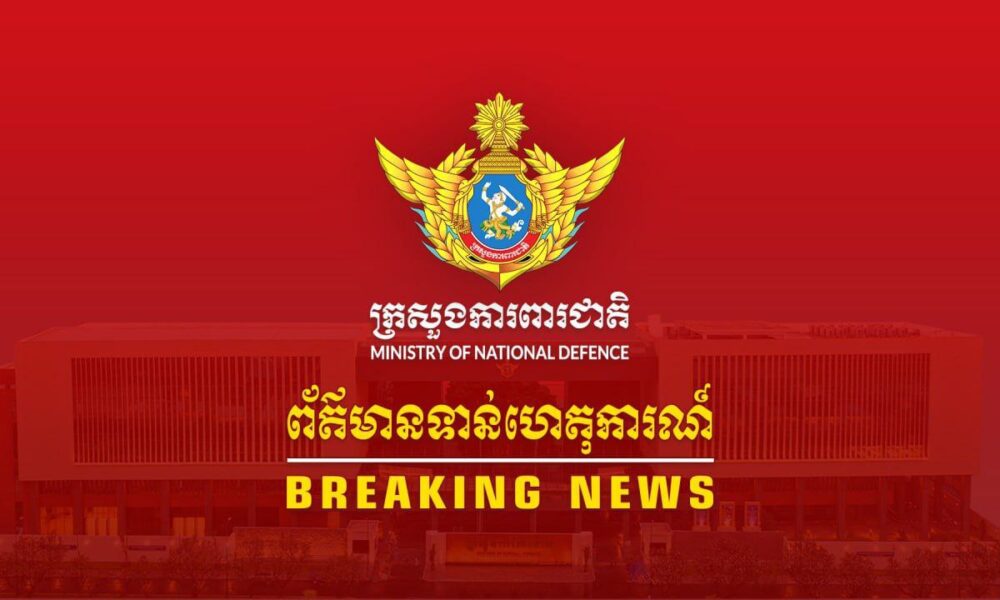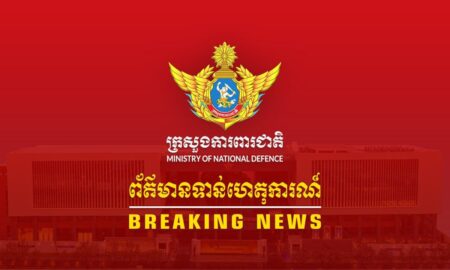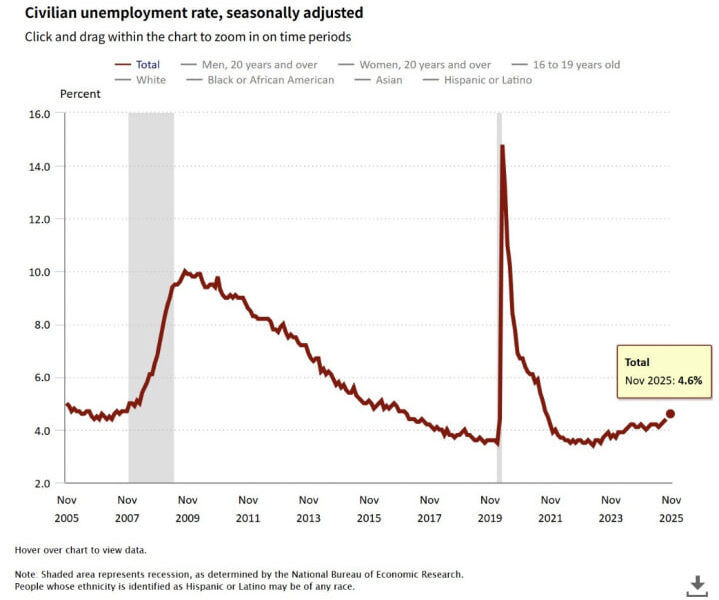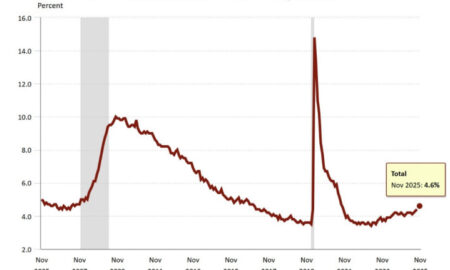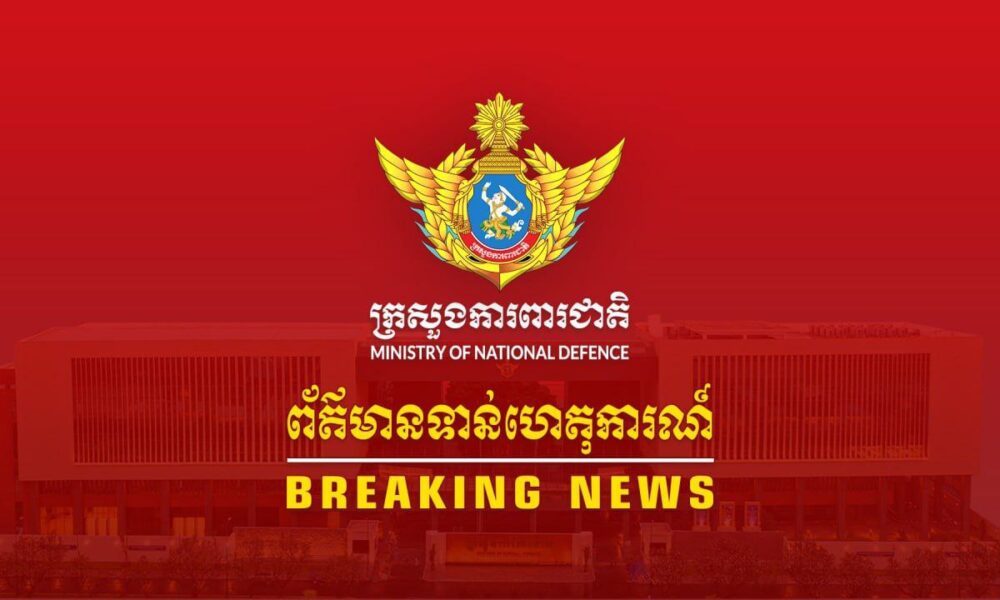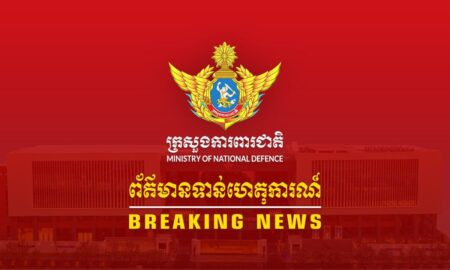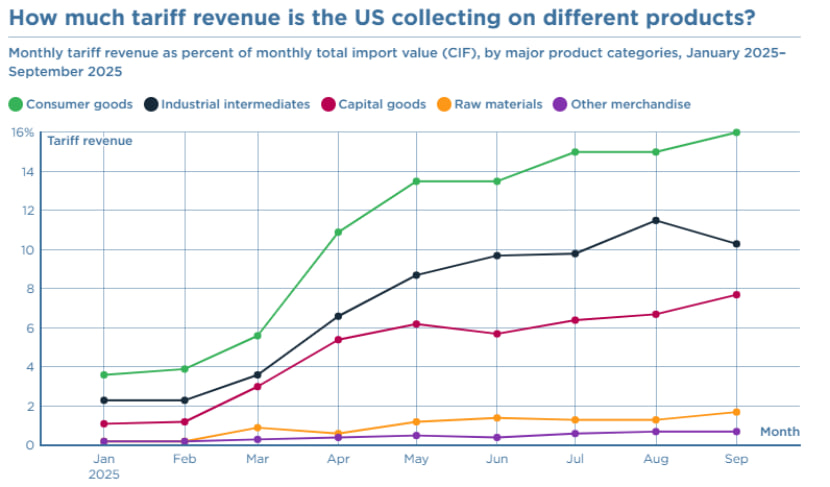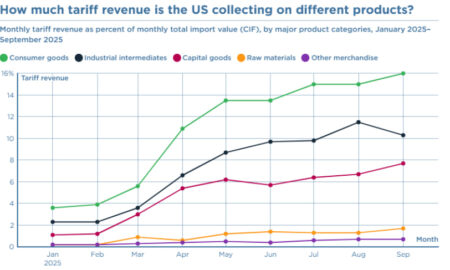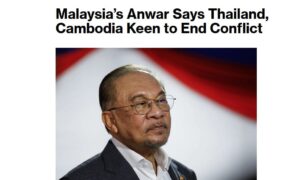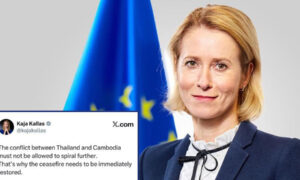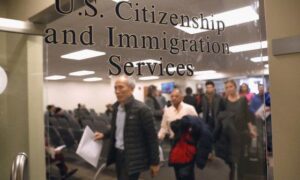Letter to Editor: Thailand’s Political Games and Laos’s Risk: How Bangkok’s Leaders Are Using Laos as a Gateway to Cambodia
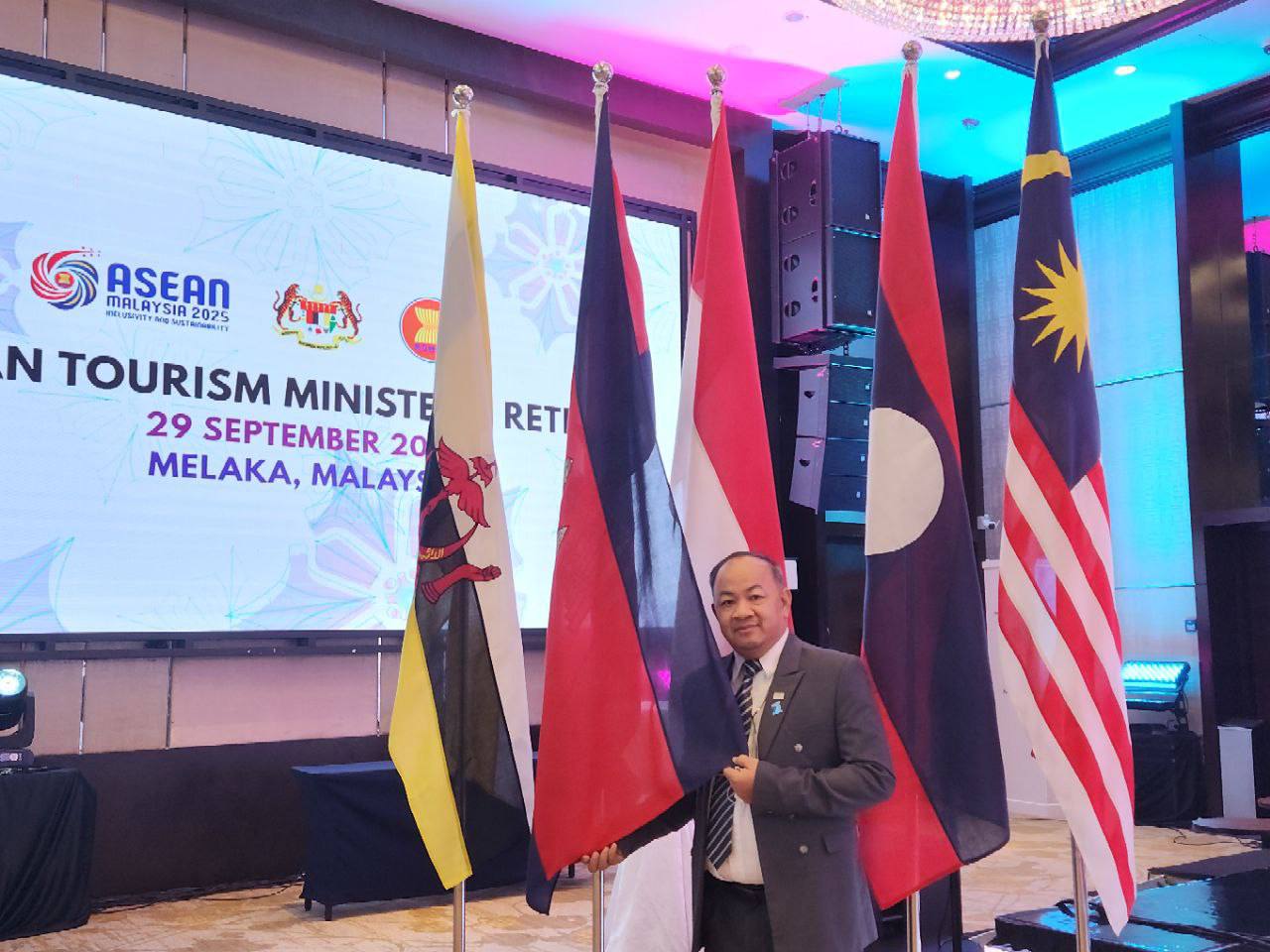
By Dr. Thourn Sinan – Spiritual & Tourism Professional
[Map: Thailand–Laos–Cambodia border region and trade routes would appear here.]
Vientiane / Bangkok / Phnom Penh — October 17, 2025
When Thai Prime Minister Anutin Charnvirakul arrived in Vientiane this week for talks with Lao leader Sonexay Siphandone, the stage was set for another round of diplomatic smiles and ceremonial pledges of “friendship,” “connectivity,” and “cooperation.” Yet beneath that polite façade lies a far more troubling ambition — a strategy that could again place Laos’s sovereignty at risk and destabilize the heart of mainland Southeast Asia.
A Strategic Motive Beneath Diplomatic Courtesy
Behind the official agenda on transport links and border trade, regional analysts see a single driving objective: Thailand’s effort to secure an indirect export route into Cambodia through Lao territory.
Following renewed clashes and territorial disputes along the Thai-Cambodian frontier, cross-border commerce has plunged by more than 20 percent. Unable to rebuild trust with Phnom Penh, Bangkok’s elites are now courting Vientiane as a back-door corridor to Cambodia’s markets. The plan would turn Laos into a logistics bridge for Thai goods — not from genuine partnership, but from Bangkok’s political necessity.
Thailand’s Pattern of Domination
This is hardly the first time Thailand has sought to impose its will on its smaller neighbours. Decades ago, Thai forces invaded and occupied parts of southern Laos, claiming “border security” but in reality pursuing control of the Mekong’s strategic crossings. That history remains etched in Lao memory: every “cooperative” promise from Bangkok has often concealed economic or territorial ambitions.
Today, Prime Minister Anutin’s government repeats the same pattern with subtler tools — trade routes, infrastructure loans, and diplomatic flattery. Under the banner of “regional connectivity,” Thailand seeks influence, access, and leverage, not equality.
The Political Crisis Behind the Curtain
Inside Thailand, the ruling establishment faces growing disillusionment. The economy is stagnant, household debt is soaring, and the political legitimacy of Anutin’s coalition is in question. Instead of addressing these domestic failings, the government is turning to foreign distractions. By expanding economic footprints in Laos, Anutin’s team can claim progress abroad while avoiding accountability at home.
Border strategy has become a survival mechanism: a way to inflame nationalism, justify military budgets, and project authority beyond Thailand’s own weakening institutions.
Laos’s High-Stakes Gamble
For Laos, cooperation with Thailand may look economically tempting — a promise of investment and transit revenue — but it is fraught with danger:
- Sovereignty Erosion: Letting Thailand move goods freely through Lao territory undermines customs autonomy and territorial control.
- Economic Dependence: Thai conglomerates would likely dominate logistics and warehousing, leaving Laos with scraps of revenue.
- Security Risk: Expanded traffic could magnify smuggling, drug transit, and corruption — issues Laos already struggles to contain.
History shows that once Thai interests embed themselves, economic influence soon hardens into political pressure.
Cambodia’s Stake and ASEAN’s Balance
For Cambodia, Thailand’s new corridor plan is not a simple trade issue — it is a geopolitical warning. Allowing Thai products to reach Cambodia through Laos would weaken Phnom Penh’s customs authority and embolden Bangkok’s leverage in future disputes.
It also risks turning Laos into a proxy arena for Thai-Cambodian rivalry, further fracturing ASEAN unity. Cambodian economists estimate that border commerce once accounted for up to 70 percent of local trade volumes in Thai frontier provinces — numbers that explain Bangkok’s desperation to restore access by any means.
A Call for Lao Resolve and Regional Integrity
Laos must learn from history. The 20th-century invasion proved that Thai promises of partnership can quickly become instruments of control. Vientiane should insist on legally binding agreements, transparent revenue sharing, and equal oversight before granting any new transit concessions.
True friendship requires respect, not exploitation. Until Bangkok ends its habit of using neighbours to fix its internal problems, Thailand’s diplomacy under Anutin will remain what it has become today — a mask of morality covering a crisis of legitimacy.
References & Sources
- The Nation Thailand – ‘Thailand and Laos vow to step up cooperation on drug trafficking, online scams, trade…’ (2025)
- The Nation Thailand – ‘Fifth Thai-Lao Friendship Bridge to open in December’ (2025)
- Thailand PRD – ‘Thailand and Laos Agree to Work Closely Together in …’ (2025)
- Reuters – ‘Thailand expects high-speed rail link to China to operate from 2030’ (2025-01-29)
- Economic Times – ‘Thailand closes scenic viewing spot following clashes at Laos’ (2025)
- Reuters – ‘Landmines that sparked Thai-Cambodia clash were likely newly laid, experts say’ (2025-10-16)
- The Guardian – ‘Wailing ghosts through loudspeakers: Cambodia accuses Thailand of psychological warfare along border’ (2025-10-17)
- AP News – ‘US and Malaysia work to expand Thailand-Cambodia ceasefire in advance of ASEAN Summit’ (2025)
- Mekong Institute – ‘China, Lao PDR, Thailand Banks on Cross-Border Railway for Stronger Regional Logistics…’ (2025)
- Laotian Times – ‘Laos to Upgrade National Road No. 12 in 2025 with Thailand’s NEDA Funding’ (2025-06-05)
- Wikipedia – ‘2025 Cambodian-Thai Border Crisis’ and ‘Golden Triangle Special Economic Zone’ (Accessed Oct 2025)


